
Despite the rise of automated testing, manual app testing remains a critical aspect of the software development life cycle, ensuring that individual testers can identify any issues missed by automation.
Scaling manual app testing can pose significant challenges, as it often involves increased time, resources, and coordination between team members, which can impact efficiency and the overall software quality if not managed effectively.
If you plan on increasing the scope of manual app testing, read on.
In this article, we explore five strategies that can help you achieve this task effectively and maintain a high-quality testing process that keeps your app running smoothly.
Let’s get started.
Table of Contents
Test apps on different configurations
When scaling manual app testing, it’s crucial to examine how an app functions in different environments to detect bugs and issues in the software.
Doing so ultimately provides users with a seamless and enjoyable experience and increases user satisfaction.
Therefore, one of the first practices you can incorporate into the manual testing process is to increase the number of configurations you test your app on.
Ultimately, you want to deliver an app that most people can use smoothly, avoiding issues like this Quora user faced.

An app failing to launch or crashing due to a user’s hardware, operating system, or network configuration can be a frustrating experience.
So, to ensure an app works properly for the largest number of users, it’s essential to have a comprehensive manual testing approach.
This includes a process known as compatibility testing, which tests how an app works in various conditions.
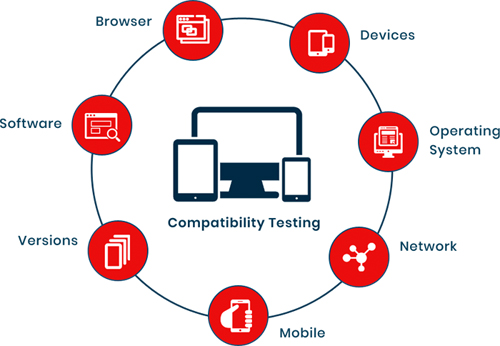
Let’s illustrate the usefulness of compatibility testing with an example.
By aiming to provide a feature-rich app with the most exciting visual experience possible, developers may create an app with very high hardware requirements only met by flagship smartphone devices.
If this app is developed and tested with devices with the necessary hardware specifications, this app will run smoothly and without any issues.

Get unreal data to fix real issues in your app & web.
However, when installed on a device with incompatible hardware, the app may struggle to render visuals and outright crash or fail to launch.
This is a worst-case scenario example, but, besides an app outright not working, many other compatibility issues can arise, such as:
- Changes in font size
- Changes in the user interface
- Issues with content alignment
- Overlapping content or labels
Even though these issues can seem trivial, they can negatively impact the user experience and create frustration.
For example, without thorough compatibility testing, the login screen of an app that doesn’t account for different device sizes and resolutions may end up looking like this:

Although the login functionality will still work, and users will most likely be able to enter their login credentials, the visual issues present can lead to users losing trust in the app, causing them to abandon it in favor of a more polished alternative.
Having manual testers evaluate whether an app works as intended and looks as it should on various device configurations is key to helping provide a smooth and pleasant experience for most end users.
To ensure the highest quality for your application, make sure to incorporate compatibility testing as an integral part of your manual testing process.
Use simulators and emulators
To efficiently test your app on a wide range of platforms and environments, it’s a good idea to use simulators and emulators during the manual testing process.
These virtualization options can help cover various device configurations and scenarios, enabling manual testers to identify issues in a piece of software without needing physical devices.
To start using these two practices, you must first understand them thoroughly, as they have specific use cases and should be used appropriately.
For one, as author Eran Kinsbruner writes in a Perfecto article:
Simulators and emulators are ideal for testing early in the dev cycle.
Although real mobile device testing may eventually be necessary, as we illustrate in the next section, with simulation and emulation, testers can catch and address many compatibility bugs and avoid expensive and time-consuming reworks later on.
To see some of the other characteristics of emulation and simulation, take a look at the following table:
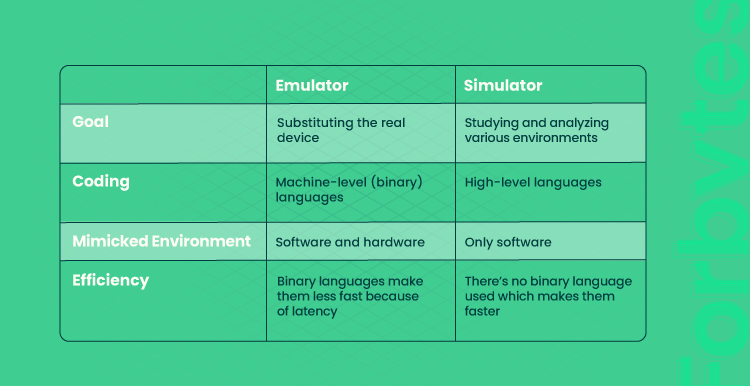
According to Eran Kinsbruner, these characteristics make emulators better for testing external behavior, while simulators are best for internal behavior.
Maybe you want to test how your Android app handles different network conditions or how it interacts with features such as GPS or Bluetooth.
In this case, you could use various Android emulators available on the market, some of which are showcased in this Quora answer.
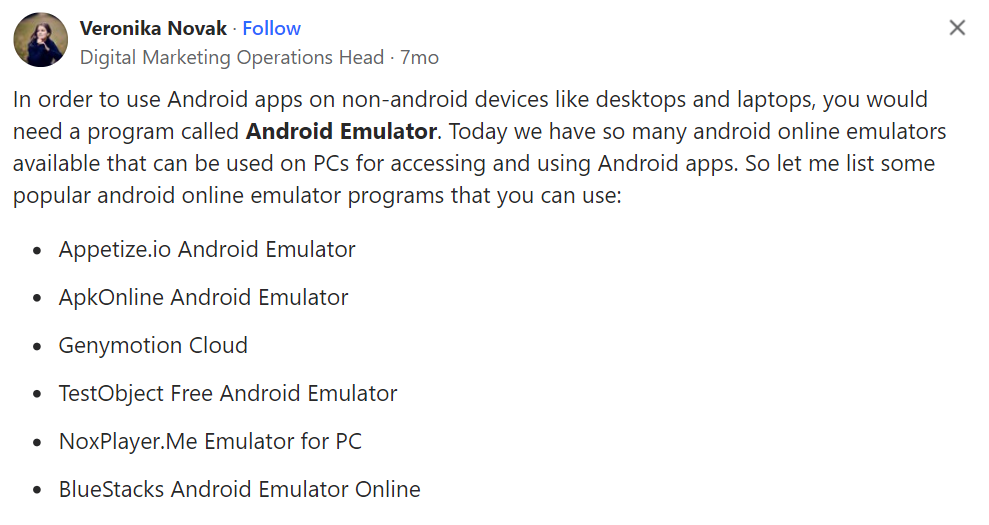
Or, if you want to test the internal logic, algorithms, or data processing of your app, simulators would be more suitable.
You can try using the iOS development environment Xcode which can simulate various devices, such as iPhones and iPads.
As for Android, there aren’t any simulators available, as emulation tends to be more straightforward.
Even the official Integrated Development Environment (IDE) for Android app development, Android Studio, has a built-in emulator.
Overall, relying on emulation and simulation is a cost-effective and versatile way to expand your manual testing efforts, but should be used at the appropriate times in development.

Test apps on real mobile devices
While simulators and emulators are extremely valuable, testing your app on real mobile devices further enhances your manual testing process.
Virtual devices are great for early testing, yet they cannot fully replace real devices due to limitations in simulating real-world scenarios, such as battery consumption, network connectivity, and hardware-related issues.
What’s more, working with virtual devices can take time, as you are limited by the performance of your computer’s hardware and the virtualization technology.
This can result in longer testing times and reduced efficiency, especially when testing complex applications or running multiple virtual devices simultaneously.
The image below shows a comparison of these two testing practices.
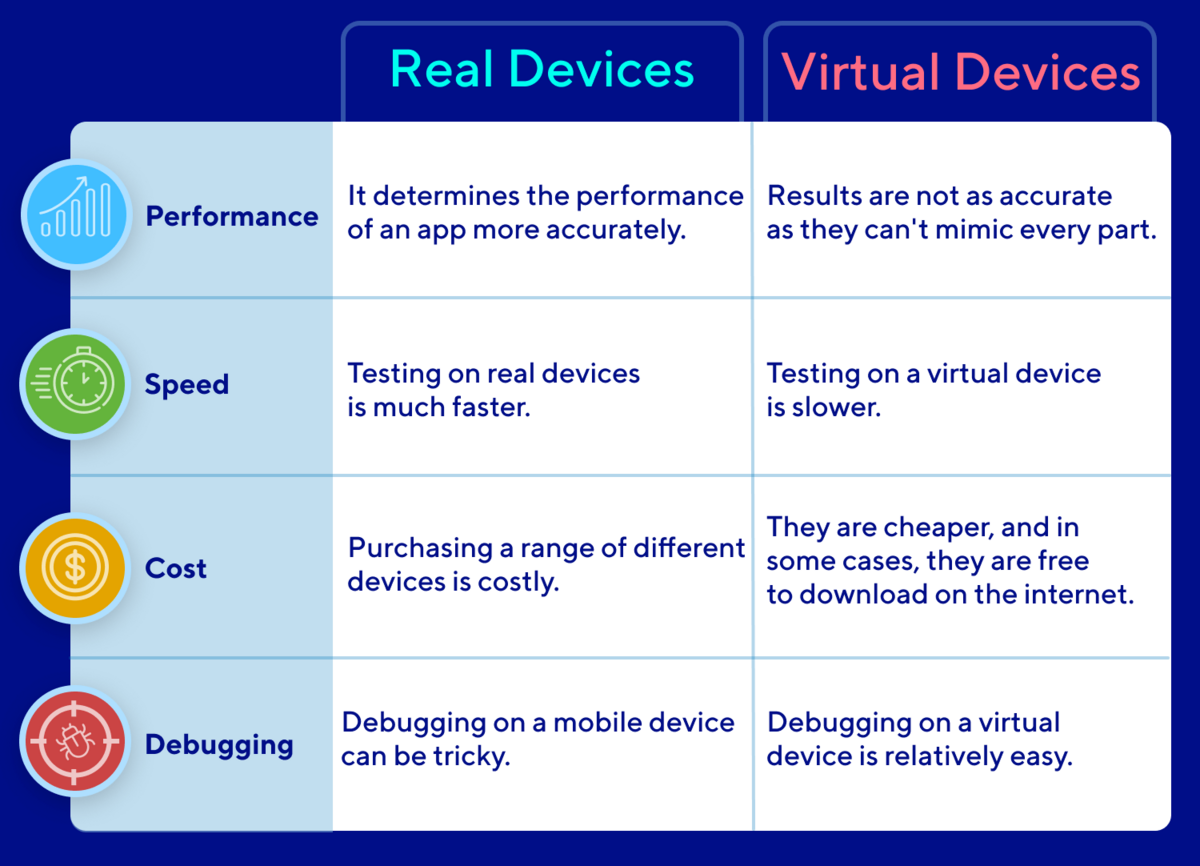
As you can see, the main benefit of virtual devices is that they allow for simple and effective testing and debugging of certain issues within an application, cheaply or for free.
On the other hand, while using real devices gives more accurate and useful test results, this option is more complicated and expensive.
If the cost of buying many devices is discouraging, don’t worry—this type of testing doesn’t mean an organization has to own the actual devices.
While that option may be ideal, there is a great alternative in real device cloud platforms, which enable developers and testers to access a wide variety of real devices remotely for testing purposes.
There are many real device clouds out there, seven of which are showcased in this ADTmag article.
The services covered include the following:
- AWS Device Farm
- Firebase
- Xamarin
- Kobiton
- Perfecto
- Sauce Labs
- Experitest
One service that can help with testing on real devices is Kobiton, a mobile-centric testing platform that supports a great variety of both Android and Apple devices, including both phones and tablets.
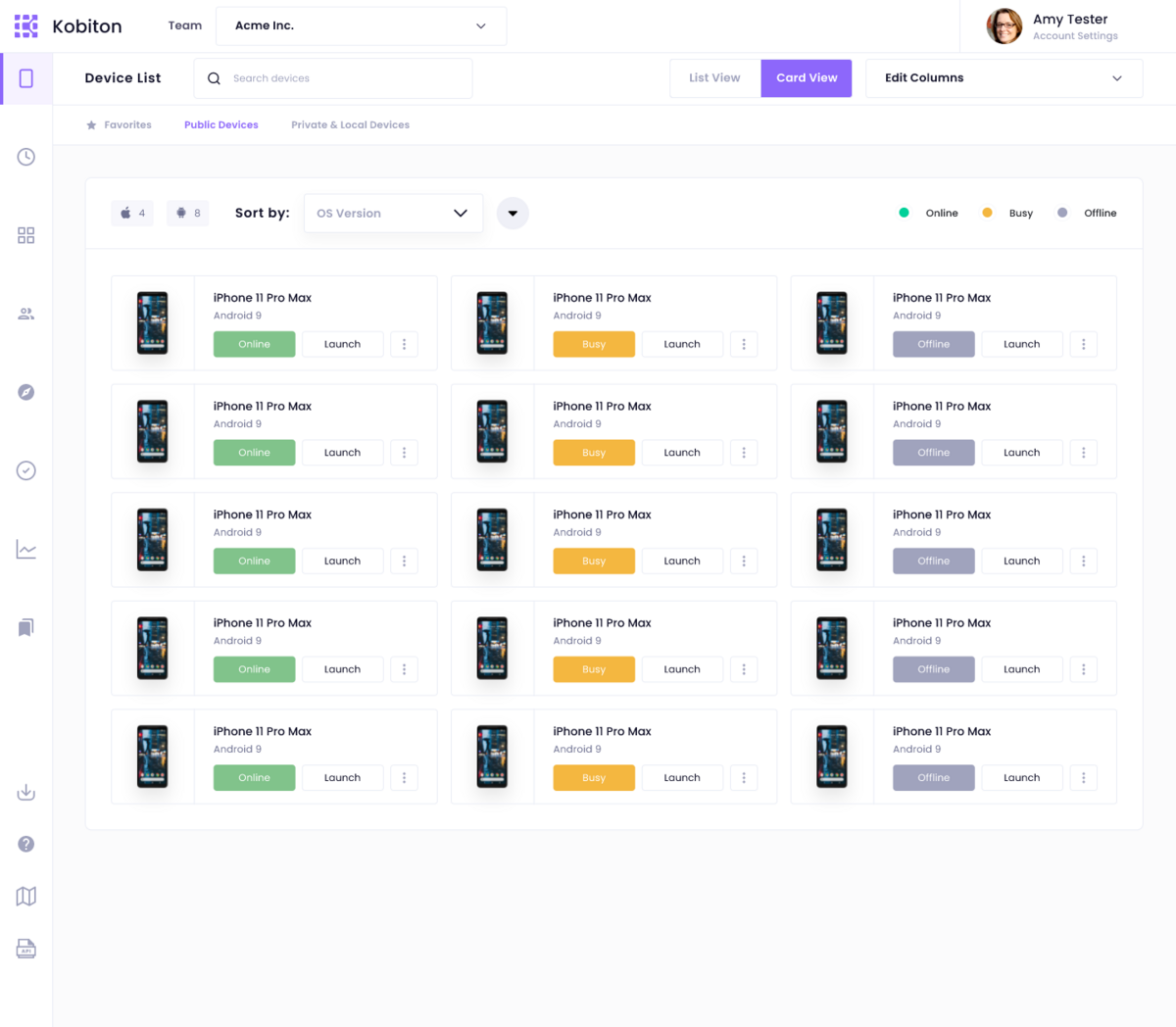
Testers can simply select an available device, initiate a testing session, and perform manual tests directly on the chosen device as if they were using it in person.
This method allows them to identify and report any issues or inconsistencies that may arise during real-world usage.
Real device clouds are a valuable alternative to purchasing devices, so you might want to consider using these platforms to your advantage.
Make use of manual testing tools
In certain aspects, manual testing can sometimes lag behind testing methods that heavily use automation.
Being reliant on the individual efforts of testers, this type of testing has some inherent challenges associated with it, including the following:
- Achieving full test coverage
- Overcoming the risk of human error
- Writing informative bug reports
- Difficulties meeting the set deadlines
These challenges may make this testing practice slower, less effective, and prone to errors.
However, by integrating various tools into the testing workflow, you can boost many different aspects of manual testing, address some of its common pain points, and aid the efforts of the testing team as a result.
Sometimes, simple tools like checklists or requirements traceability matrices can effectively tackle testing hurdles, while other times, more comprehensive solutions like manual testing tools are necessary.
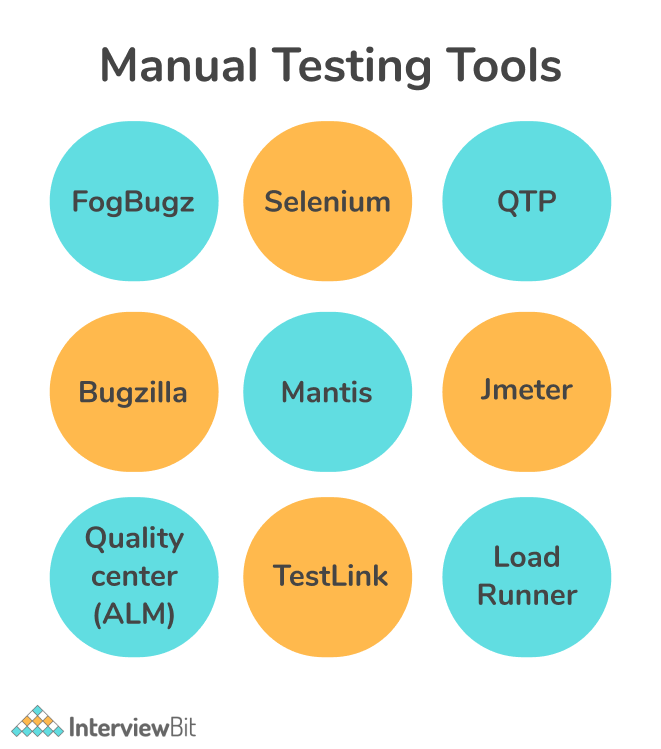
These tools are used for various purposes. Some streamline manual testers’ various testing efforts—from performance testing with LoadRunner to unit testing with NUnit.
Others are used for efficient and organized bug and issue tracking, such as Bugzilla and MantisBT.

Capture, Annotate & Share in Seconds with our Free Chrome Extension!
To check out some more manual app testing tools, you can read our article on the topic, where we cover eight tools we found especially useful.
One of these tools is our own solution, Shake.
Shake is a tool designed to streamline the process of reporting bugs and crashes by allowing manual testers to quickly and easily flag issues just by shaking their devices—capturing valuable information in the process.
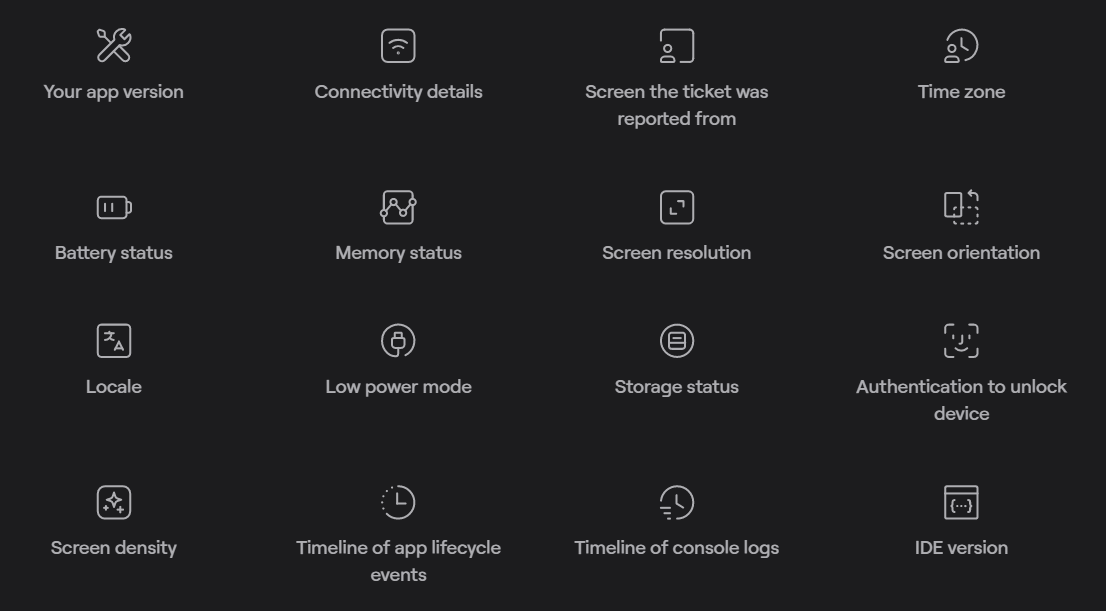
Of course, each of these individual pieces of data can be manually entered into bug reports by manual testers, but this process can be slow, repetitive, and error-prone.
With Shake, all these metrics are immediately added to newly created bug tickets, eliminating the chances of missed or incorrect information ending up on reports.
This significantly speeds up the bug-reporting process.
Implementing the right tool can substantially improve manual testers’ efficiency by automating certain parts of their tasks, so you should look into some of the tools we mentioned.
Take advantage of crowdtesting
No matter what tools are used to scale up its manual testing efforts, a company can still only hire a limited number of testers.
While hiring new employees to conduct manual testing might seem like the logical solution, a far more cost-effective option is to use crowdtesting.
It is a practice that uses a vast global pool of testers to carry out some of the testing activities on an application.
This practice has many benefits, some of which are shown in the image below.
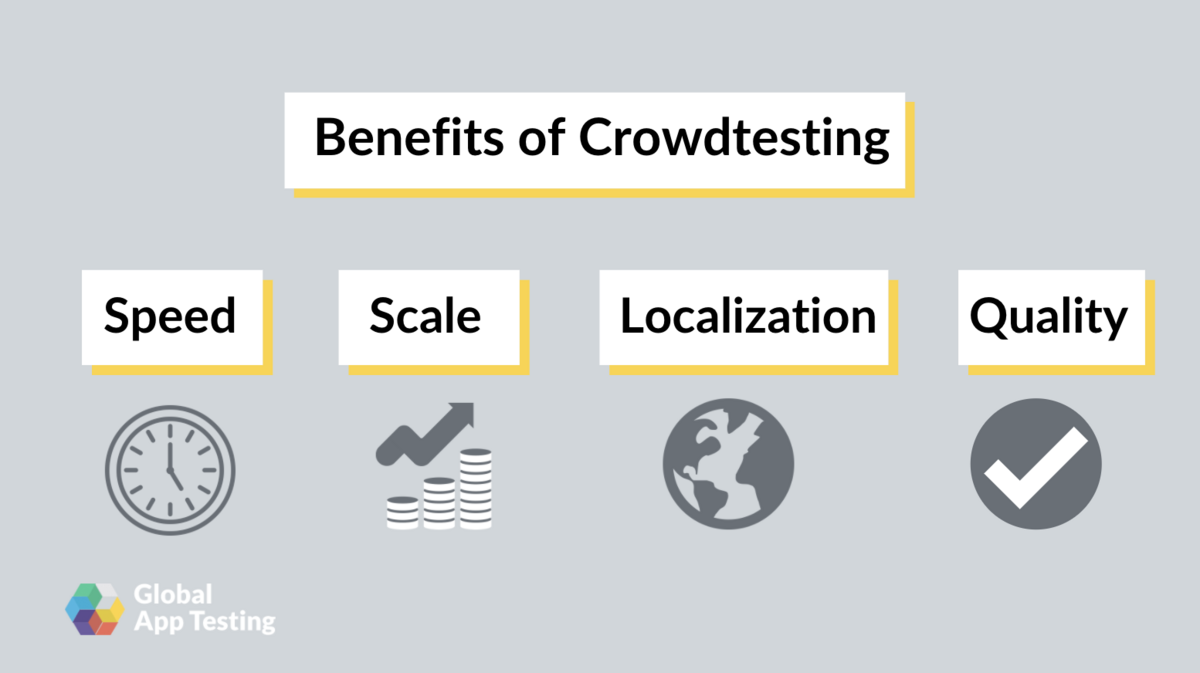
By adopting crowdtesting, an organization gains access to a massive, diverse group of testers with different skill sets, expertise, and perspectives.
To give you a general idea of the scale we are talking about, look at the number and diversity of testers and the number of devices offered by the crowdtesting platform Testbirds.

The sheer number of these testers can greatly expand the test coverage and further increase the number of devices on which your app has been manually tested.
There are many available testing companies that rely on crowdsourcing.
To see if some of these crowdtesting services might be the right fit, you can explore and read more about the features and types of testing offered by different platforms in this article.
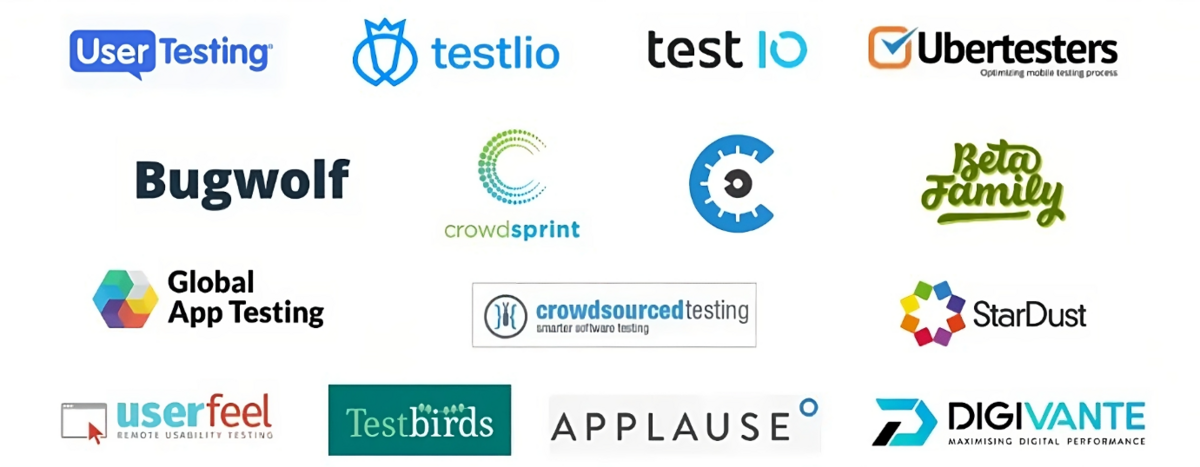
The eighteen platforms covered are widely used by many organizations to improve the quality of their software applications and services, such as the ones listed in the following table.
| Company Name | Clients |
| Ubertesters | Akamai, Taboola, Golf, GetTaxi |
| Testlio | Netflix, SAP, NBA, CBS, Microsoft |
| Test IO | Soundcloud, 1800Contacts, Buzzfeed |
| Digivante | Audi, Specsavers, Gymshark, Quality Cottages |
| Global App Testing | Facebook, Google, Microsoft, Instagram |
As you can see, many large and successful companies leverage the power of crowdtesting to find bugs and issues within their products and ensure that they meet the needs of their customers.
So try out this tip and quickly and effectively test your product with the help of a diverse group of testers.
Conclusion
In this article, we delved into five effective methods for scaling manual app testing—from examining your app on a mix of real, simulated, or emulated configurations to employing tools that partially automate the manual testing process and leveraging crowdtesting.
Hopefully, you’ve gained a deeper understanding of these techniques and are now prepared with valuable insights and practical approaches to tackling the challenges of broadening your testing efforts.
You can begin optimizing this testing process by implementing what we discussed, ensuring that your app delivers high quality across diverse devices and environments.
As you progress in enhancing your manual app testing, remember to utilize these strategies to maintain efficiency, effectiveness, and, ultimately, the satisfaction of your end-users.





